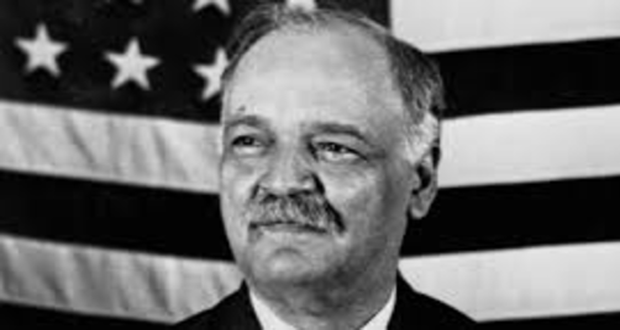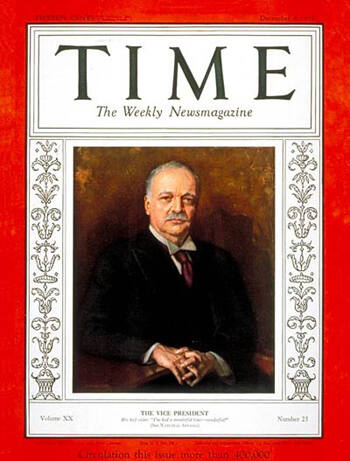The 1st VP of color was elected over 90 years ago; he was a Kansas Republican

There has been a lot of talk this year about people of color running for President or Vice President. But a Kansas Republican was first to have that honor.
A recent Washington Examiner article pointed out, “Joe Biden’s pledge to choose a woman as his running mate, and his consideration of several black female officeholders for the role, has spurred considerable chatter about diversity in the nation’s second-highest office.”
The article went on to take note of an inconvenient fact for the left: Even if the presumptive Democratic nominee picks an African-American running mate and the two go on to win in November, she (Biden has committed to choosing a woman) will not be the first person of color to serve as vice president.
 Charles Curtis, a Kansas Republican, was the first individual “with acknowledged non-European ancestry” to become vice president, the article stated.
Charles Curtis, a Kansas Republican, was the first individual “with acknowledged non-European ancestry” to become vice president, the article stated.
Serving under Herbert Hoover from 1929 through 1933, Curtis had significant Native American heritage, and remained a member of the Kaw Tribe his entire life. Curtis was serving as Senate majority leader when tapped by Hoover for the Republican ticket.
READ: Kansas Scenic Byways win awards
Born in Topeka in the Kansas Territory in 1860, Curtis spent many of his formative years on an Indian reservation. His mother, Ellen Pappan Curtis, who shared Kansa, Osage, and Potawatomi heritage, died when he was 3 years old. He then moved in with his maternal grandmother on the Kaw Indian Reservation, where his first language was that of the tribe. He later learned English and French.
“He’d like to say, ‘I’m three-eighths Kaw Indian and 100 percent American,’” University of Kansas historian David Hamilton told the Examiner. “And that Indian heritage was important to him as a Kansas politician.”
It makes sense that a racial minority would want to belong to the Republican Party, since it was the GOP that freed the slaves. Moreover, the first three African-American U.S. senators were all Republicans.
Curtis attended Topeka High School, and was later admitted to the bar in 1881, and began his law practice in Topeka. He served as prosecuting attorney of Shawnee County, Kansas from 1885-89.
Curtis is buried in his native Kansas, in the Topeka Cemetery. His house in Topeka has been listed on the National Register of Historic Places and designated as a state historic site. The Charles Curtis House Museum is now operated as a house museum.
–Lee Hartman | Metro Voice
Go here to visit the Topeka Metro Voice Facebook page for local event notices, breaking news and local announcements. To help us spread the word, and to continue seeing our posts on your Facebook feed, “Like” the page and then like or share a story now and then, so that they will keep showing up in your feed.







